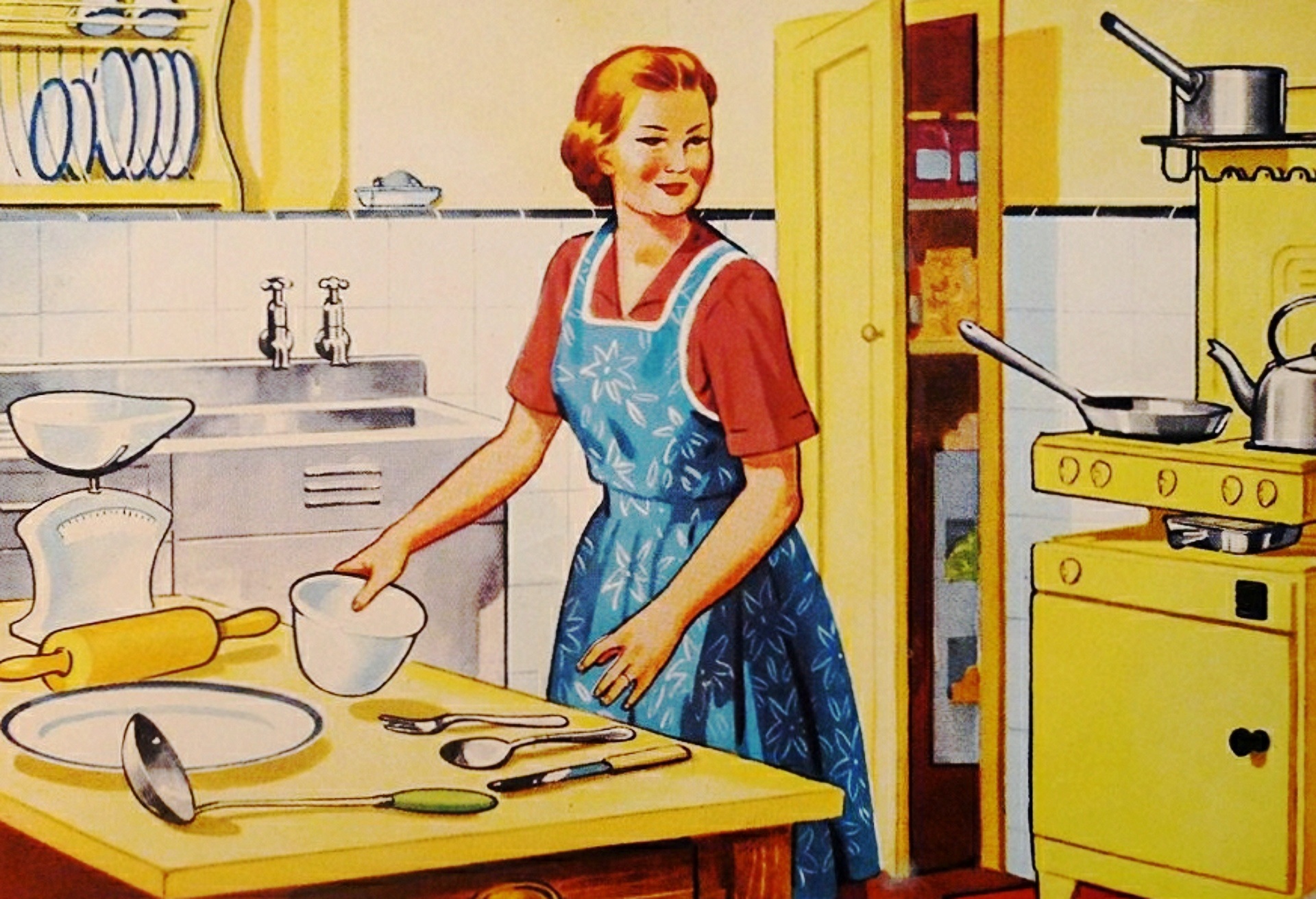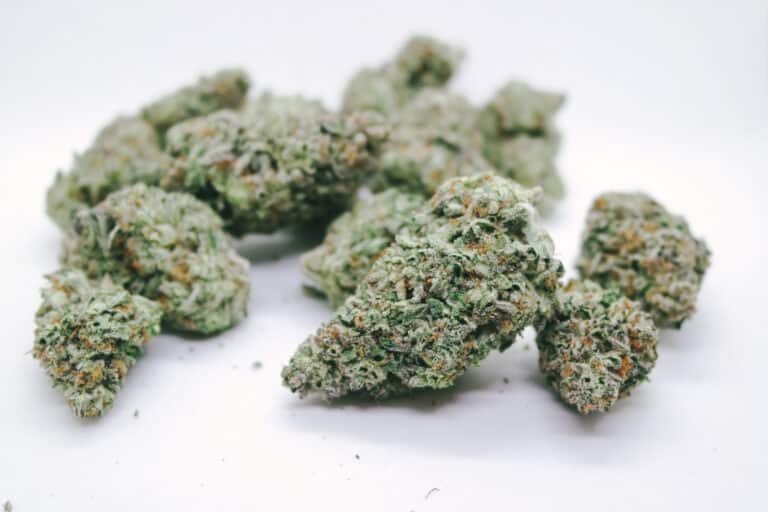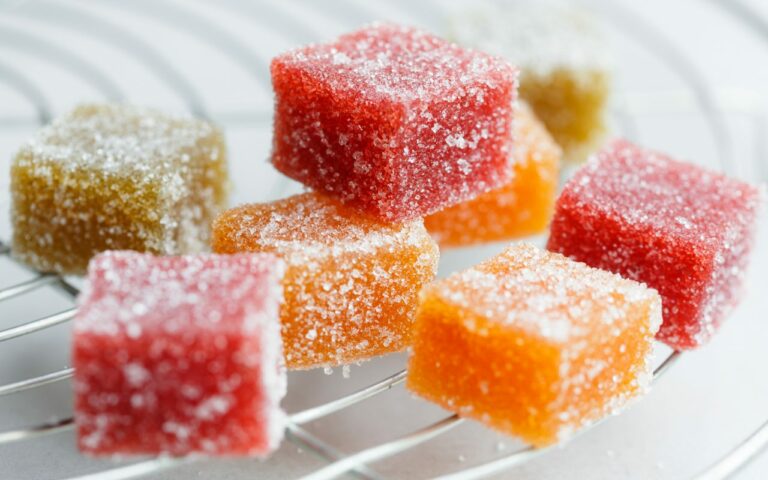
Make Low Dose Edibles with Cannabutter
Being able to get an accurate calculation of how much THC is contained in your edibles is not an easy skill to master. But before we get started, there is one caveat that needs to be addressed: unless an analytical test was conducted on your edibles, it is important to remember this formula and any other formula is only a rough estimate of potency levels. However, this formula is very helpful in that it will give you a good idea how to make edibles, and how strong they will be.
Now that we got that out of the way, let’s go over the basic formula for calculating the THC content in cannabutter for yields with 10 mg of THC per serving.
Step 1: How potent is your flower?
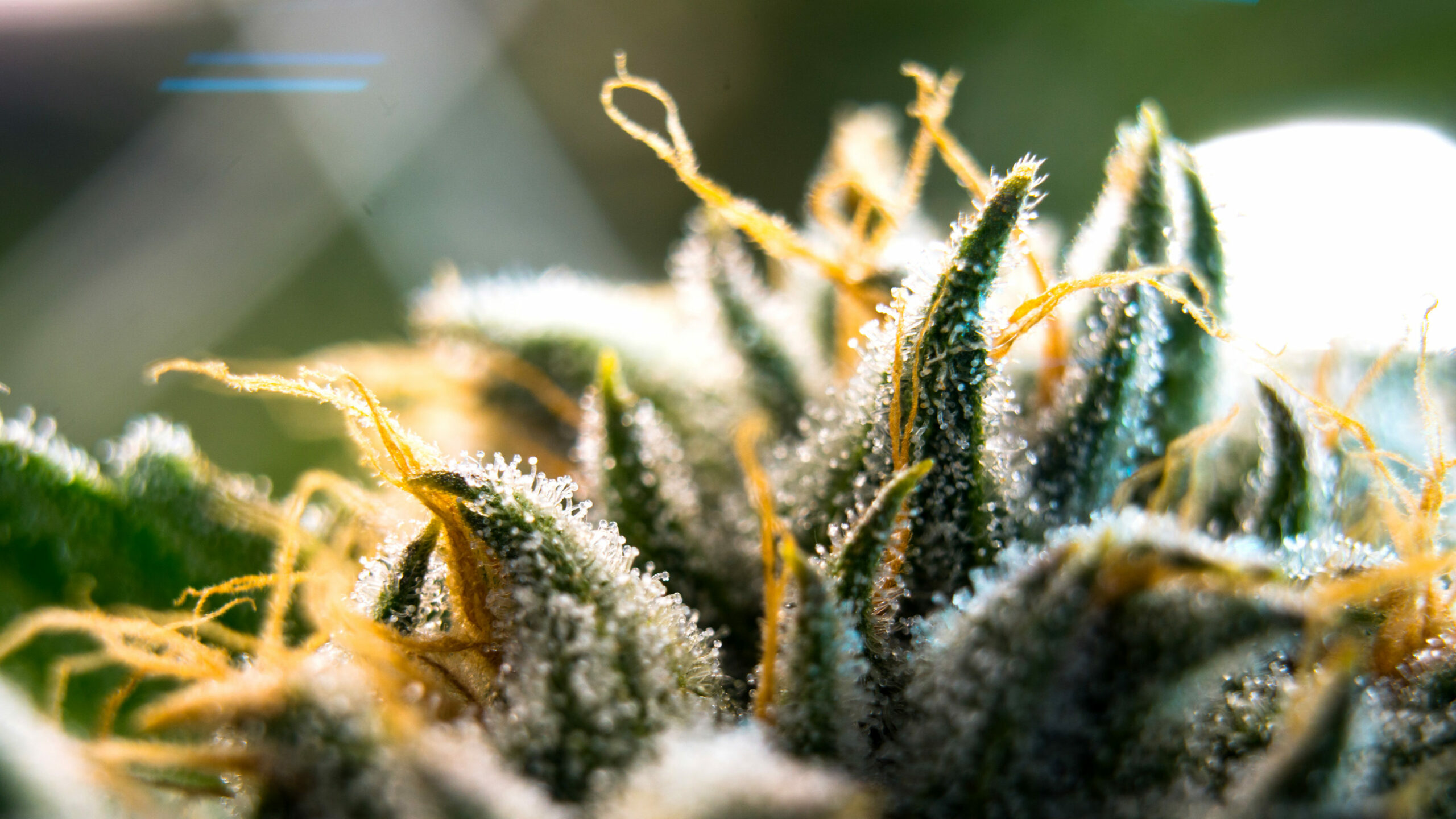
It is imperative to be aware of the THC percentages in the weed you will be using. The lower dose edibles you want, the lower dose strain you should use. Keep in mind the THC percentages tested typically range quite a bit— for example most Bubba Kush strains come in at 16%-27% THC.
This is a notable variance that further illustrates why cannabutter calculations are extremely difficult to precisely measure. However, for convivence and ease sake, we will use 17% as our number—the average percentage among licensed Colorado dispensaries.
Step 2: Convert to metric
Steps to convert into Metric with our example:
- Convert all of your measurements to fit the metric system. If we are using an ounce of flower, this would be the equivalent of 28.35 grams. We then need to convert it one more time to milligrams – 28.35 grams is 28,350 mg.
- Then, calculate the THC potency by multiplying the weight of your bud in milligrams (mg) by your THC’s potency percentage.
Our example:
28,350 x .17 = 4,820 mg.
So, the cannabutter would have 4,820 mg of THC in the entire batch.
Step 3: Convert cups into grams
Next, we want to figure out how many milligrams per gram is in the cannabutter. We do this by tallying the metric equivalent of one pound of butter, which is 454 grams.
Then, we would take our 4,820 mg of THC and divide that by 454 grams.
4,820 mg / 454 grams = 10.6 mg/g
That means there would be roughly 10.6 mg of THC per gram of cannabutter used.
Step 4: Soften non-infused butter
While you determine how much cannabutter is required for your recipe, you should have already taken out two regular sticks of butter to be softened at room temperature. This is because more butter is needed than just the cannabutter to make your edibles. Since we want each edible to have about 10 mg of THC per serving, we need to multiply that by the yield of edibles. So, if the yield is 60 cookies, you would multiply
10 mg X 60 = 600 mg which means we will need 600 mg THC for this particular recipe.
Step 5: Final conversions
To calculate the amount of cannabutter that contains 600mg of THC in it, we need to take our earlier calculation that determined there is 10.6 mg of THC/gram of cannabutter. Then, we divide:
600 mg / 10.6 mg/gm = 57 grams
This means it will take 57 grams of cannabutter to make 60 edibles that contain 10 mg of THC per serving.
Remember the two sticks of regular butter we needed to be softened? In order to calculate how much regular butter you will need, look at the total amount of butter called for in your recipe.
Our recipe called for one cup of butter total—which is 227 grams. We then need to subtract our 57 grams worth of cannabutter from 227.
227-57= 170 grams
This means we need to use 170 grams of regular butter in our edible batter.
The final calculation we need for our cannabutter is to figure out how many grams are in a tablespoon of butter. One stick of butter is 113.5 grams, and there are 8 tablespoons in one stick:
113.5 gm / 8 Tbs = 14 gm/Tbs
So now we know our recipe called for 1 cup of butter, which is 16 tablespoons or two sticks—so we need 4 tablespoons of cannabutter and 12 tablespoons of regular butter to reach our 10 mg of THC/serving goal.
Step 6: Homogenize your butter
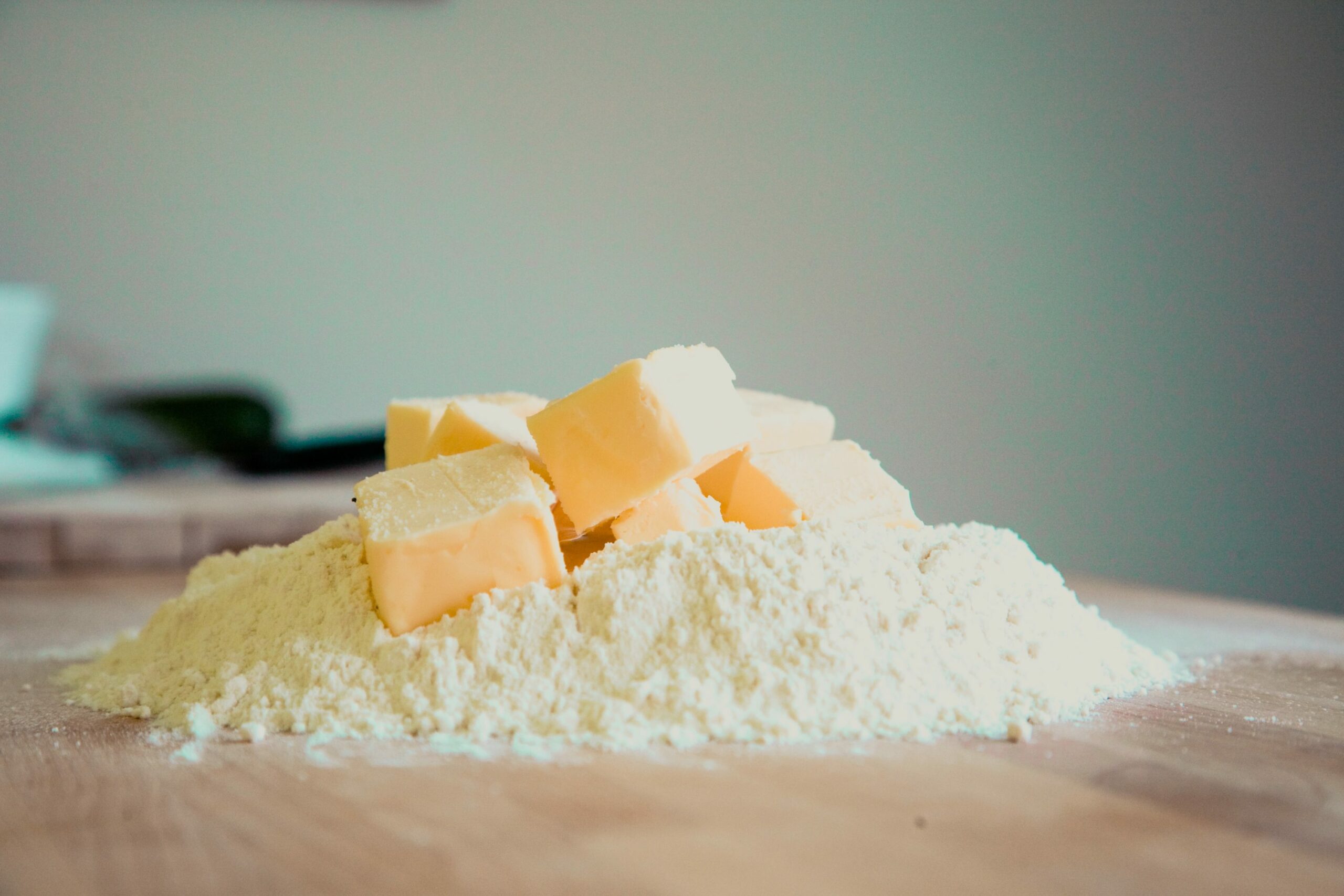
In order to reduce THC variables, we recommend following these two tips:
- Before you start, make sure to homogenize your cannabutter to help keep the potency consistent in your entire batch. Do this by heating your cannabutter at a low temperature—just warm enough to liquify it.
- While you are making your batter, add your regular butter and the cannabutter with all wet ingredients. If your recipe has nuts, oats, chocolate chips, or dried fruit, you will want to make sure all your ingredients are thoroughly mixed and are distributed evenly throughout your batter.
Step 7: Final considerations
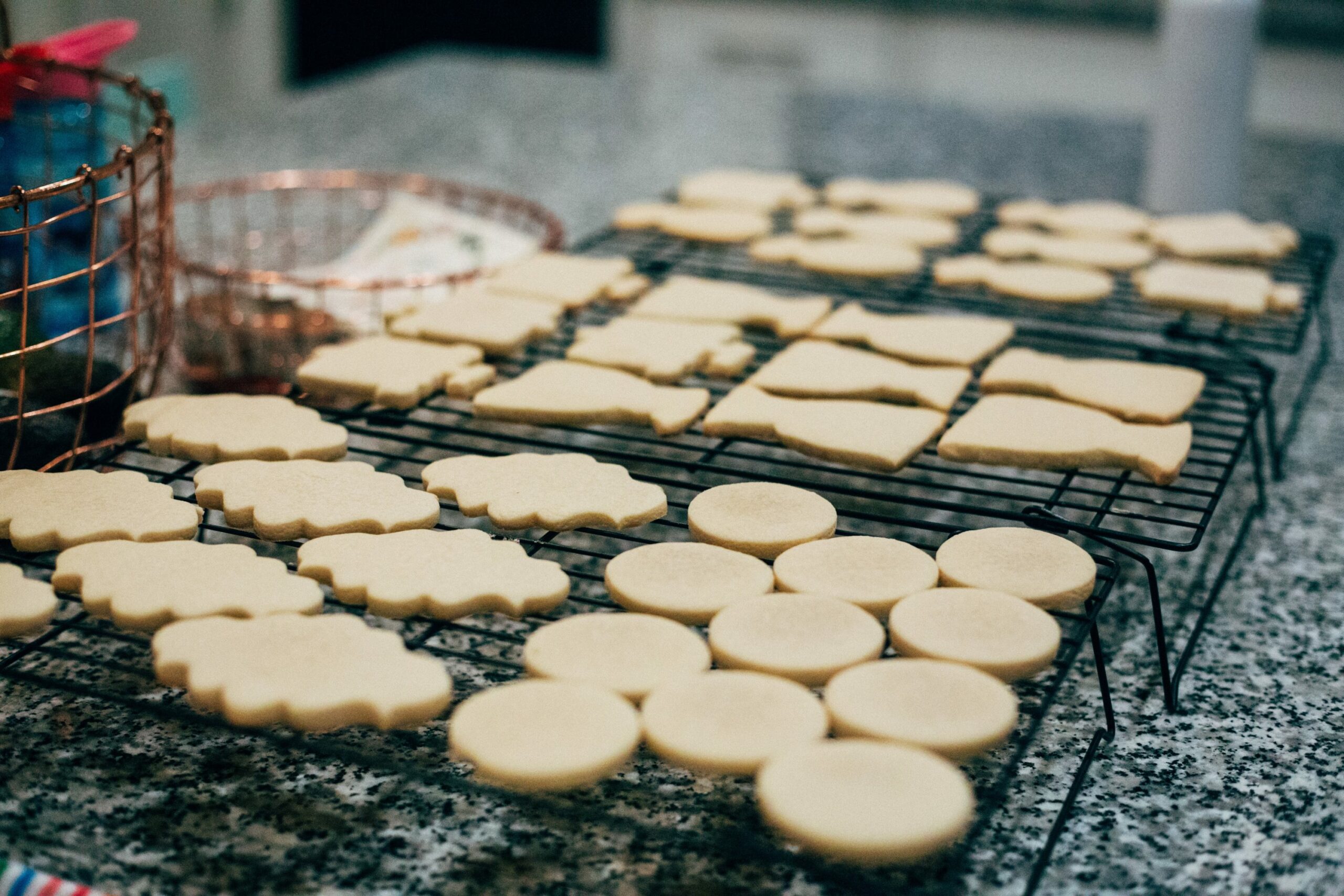
Before you begin baking, note your portion sizes—we suggest separating them evenly to help manage potency levels. For our recipe we would separate our batter into five individual batches, with 12 cookies per batch.
If you follow this formula, our tips, and recommendations, you should have no problem making some pretty tasty edibles that will give you a nice mild high.
For our readers that hate math: You can check out the Edible Dosage Calculator that allows you to choose or customize recipes that calculate THC potency levels for you! A big thank you to our friends at http://www.howtoedibles.com for putting together such a great tool! Bravo!
Breckenridge Organic Therapy carries a variety of cannabis products that are naturally sourced and high quality. Feel free to stop by or contact us with any questions you may have and we will be happy to help!
Copyright © 2024 Breckenridge Organic Therapy |
Site by CannaPlanners

